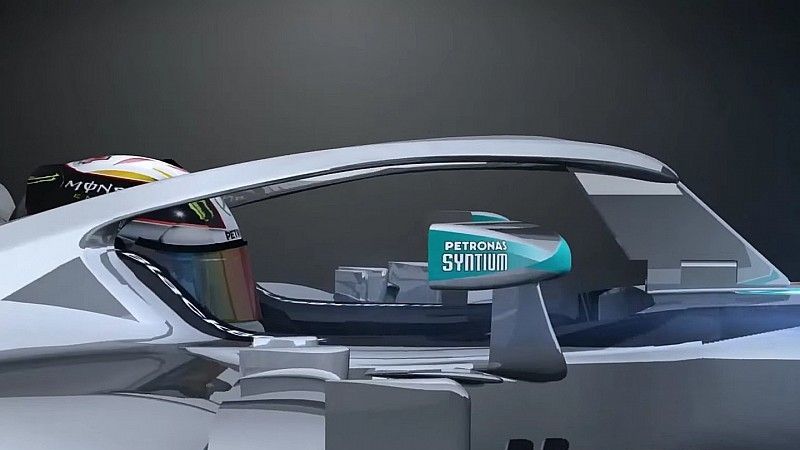Formula One bosses have shelved plans to install the halo safety device on Formula One cars, reversing the introduction of the device for the 2017 season because it would be too late to introduce it in the designs for next year’s cars and it needed more time to be tested and developed. The Strategy Group, which is made up of bosses from the top six teams, plus FIA president Jean Todt and F1 honcho Bernie Ecclestone, made the 11th hour reversal after the device was believed to be fully ready to be introduced for next season.
Not surprisingly, the Strategy Group’s decision caused a lot of uproar in the paddocks, none louder than from the F1 drivers themselves. Four-time world champion and current Ferrari driver Sebastian Vettel called the about-face “stupid” before adding that “95 percent” of the drivers voted for the device to be included for the 2017 season. McLaren driver Jenson Button echoed Vettel’s statement, saying that the device is a “great solution.”
But apparently, their bosses thought otherwise, including Red Bull team principal Christian Horner, who called the device “an inelegant solution.” While not necessarily speaking for the rest of his colleagues, Horner added that he preferred to have more tests done on the device to determine if it really offers the best solution in protecting the drivers heads from flying debris in an event of the crash. Another year of testing development could provide the best possible solution, or at least that’s what the Strategy Group had in mind when it shot down the device’s implementation.
That said, the halo device could still be introduced next season if the FIA deems it necessary on the grounds of safety. Such a move would not need the approval of F1 teams or Ecclestone himself. But given that Todt, being the FIA president, was one of those who decided on delaying the introduction of the device, it doesn’t seem like it’s going to exercise this power to take action and introduce the device anyway.
Continue after the jump to read the full story.
Why it matters
This issue is one of those things wherein you can’t blame any side for taking the action that they took. As financially driven as Formula One is, I can’t fault the Strategy Group for shelving plans to implement the halo safety device on the grounds that it still needs more time for testing and development. I know that the device has already undergone its share of those things, but I can’t help but understand Horner’s point when he said that its better to be prudent about this to ensure that it when it’s implemented, it will really serve its purpose.
On the flip side, I also see the driver’s point-of-view here because they’re the ones that are vulnerable out there. Neither the bosses nor the team technicians race; it’s really the drivers that will be affected by the Strategy Group’s decision. I don’t need to remind everyone what happened to Jules Bianchi or Felipe Massa, but the point Vettel made when he said that nothing justifies death is as straightforward as it’s going to get. It’s unclear if Bianchi would still be alive today if the halo device was there to protect him, but for today’s drivers, something is better than nothing, especially when it comes to driver safety.
At the end of the day, I think that both sides can come to an agreement wherein their concerns will be addressed properly. I don’t suppose it’s possible to implement the halo device for next season while also working on something new to be implemented for future seasons, right? I mean, the drivers get the safety device implemented while the F1 bosses get the extended timetable to develop something more effective. I know that comes at the price of having to adjust to too many changes within the cars themselves, but like Vettel said, there’s no justification for death in the sport. If there’s a way to mitigate that, or at least cut the chances of somebody dying again, then it’s worth looking into and using at the soonest possible time.

